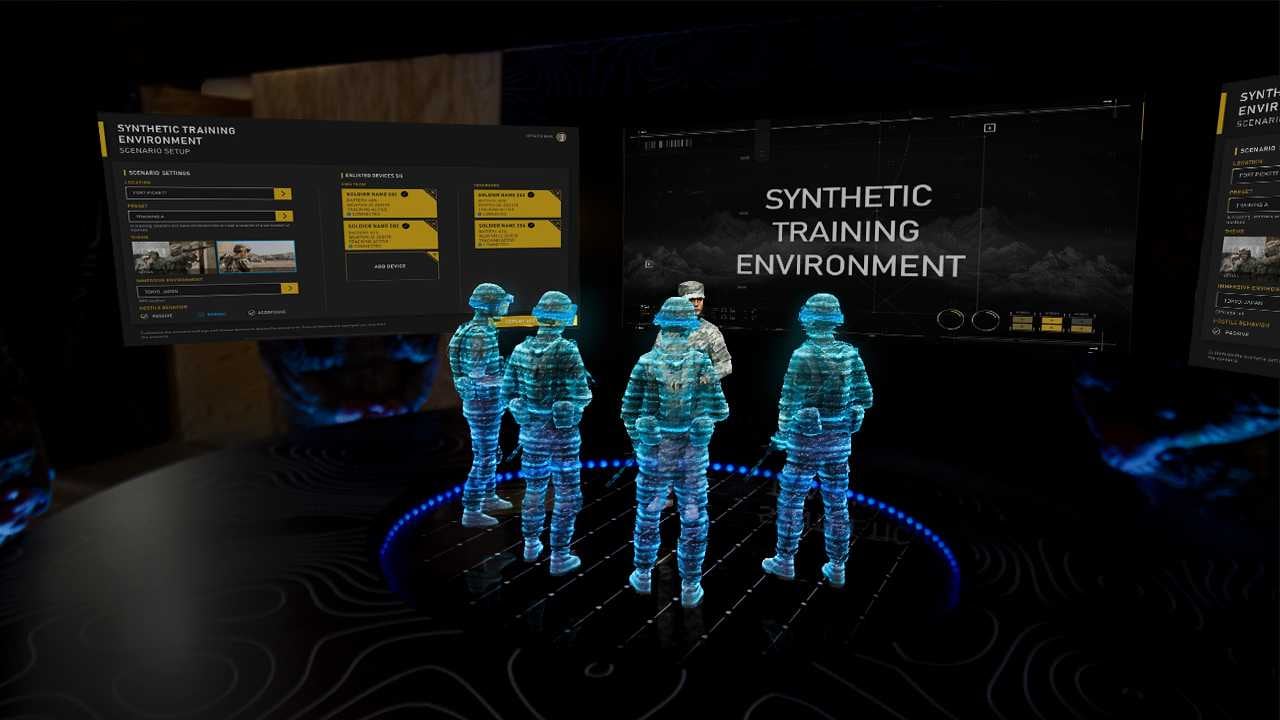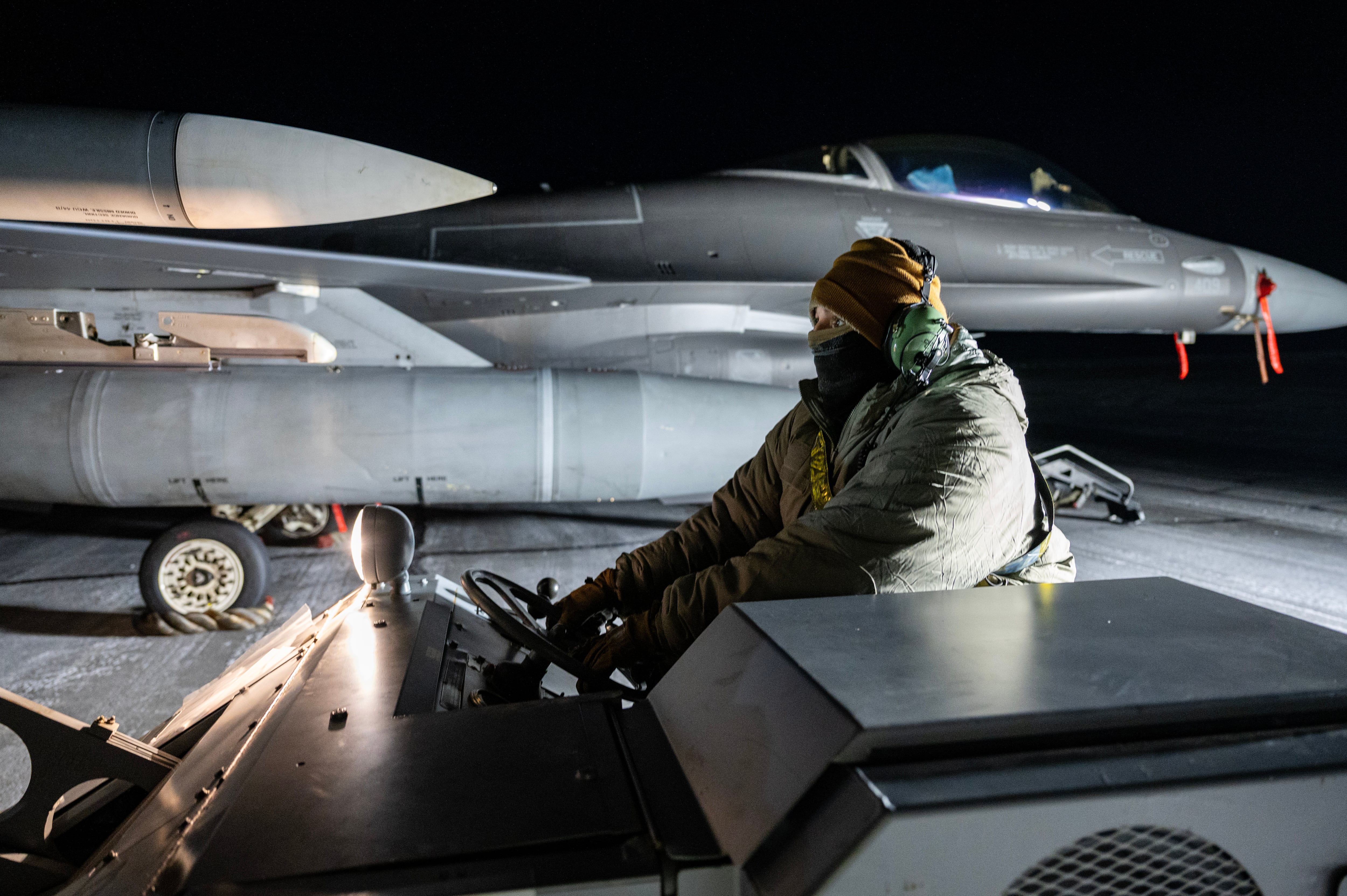The recent push for an advanced augmented reality goggle for dismounted soldiers and Marines hit a technological speed bump this past year but is still on track to reach troops’ hands in 2022.
The Integrated Visual Augmentation System, or IVAS, is the Army’s project to put navigation, intelligence, situational awareness and advanced target acquisition into the viewfinder of grunts, special ops and those who support them in the close fight.
The goggle uses augmented reality to overlay displays into the vision of the user.
Kicked off in 2018, the program run by the Army’s Program Executive Office-Soldier had an aggressive fielding date of early 2022. Following some inconsistencies in the heads-up displays and moisture control problems with some devices, the Army has added another round of tests and pushed back the fielding to late 2022.
PEO Soldier commander Maj. Gen. Anthony Potts told Army Times in October that the push was done out of an abundance of caution. The team, Potts explained, is pushing the boundaries of technology with their demands for a wider field-of-view than ever before available on a night vision device.
What was happening was the heads-up displays were showing a kind of “screen door effect” where the image resolution had a grid-like view.
Current vision devices offer about a 40-degree field-of-view for night vision or thermal sites. The new goal sought to double that to 80 degrees.
But the processing basically stretched the view, something like looking through a stretched balloon, throwing off the accuracy by only a few degrees, but enough to affect the user.
Army scientists are working through the issue, Potts said. But the IVAS that’s fielded this coming year will still offer an estimated 70-degree field-of-view, nearly twice that of standard devices.
Ongoing, on-schedule work that will continue as the testing proceeds includes stabilizing software sets, working on single-channel radio links, tactical cloud packages to add capabilities on the fly in the future and system integration with other devices that troops carry, Potts said.
The IVAS is slated for special operations, Army and Marine infantry and their immediate supporting units, such as combat engineers and scouts.
Todd South has written about crime, courts, government and the military for multiple publications since 2004 and was named a 2014 Pulitzer finalist for a co-written project on witness intimidation. Todd is a Marine veteran of the Iraq War.





